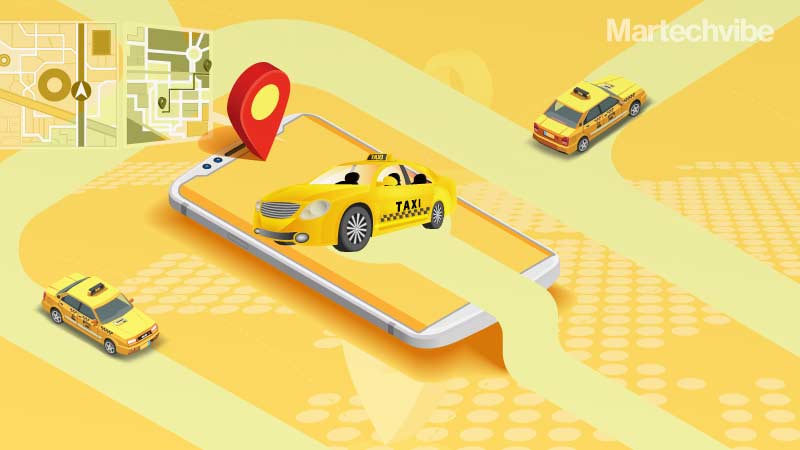How Can Taxi Apps Benefit from Programmatic Advertising?
Drive downloads and bookings for your taxi app with programmatic advertising and hyper-local geo-targeting. Learn how top ride-hailing companies leverage social media, local marketing strategies, and geofencing to connect with their target audience and establish a strong brand identity.
Topics
What to Read Next
- TripleLift Announces Partnership with Attain to Unify Context and Commerce
- Seedtag Partners with IRIS.TV to Expand Contextual Signals for CTV Targeting
- Magnite, Cognitiv Announce Deep Learning Integration for Real-Time Curation
- Dscout Announces Integration with HeyMarvin
- Comscore Launches Program-Level Capabilities within CCM

As the competitive landscape of ride-hailing apps continues to evolve, staying ahead of the game requires more than just a great app and reliable service. Successful companies know that effective marketing strategies are crucial to winning over customers and generating revenue. Delve into programmatic advertising, and how it can be leveraged with hyper-local geo-targeting techniques to drive downloads and bookings for your taxi app.
Nail down your target audience, as top transportation apps do
Before diving into the intricacies of programmatic advertising, let’s first explore the marketing strategies that top ride-hailing companies employ to reach their target audience. Creating detailed buyer personas is fundamental in understanding drivers’ and users’ needs and preferences. For drivers, it may be someone with prior experience in the taxi industry, while for users, it could be a tech-savvy millennial with a high-paying job. Developing comprehensive buyer personas allows you to tailor your marketing campaigns to resonate with your intended audience.
Also Read: Bridge, Don’t Divide: Navigating Generational Customer Differences
Build a Strong Brand that Inspires Trust and Recognition
Building a brand that customers can trust is paramount to the success of any marketing campaign—Foster brand familiarity by increasing exposure and creating consistent messaging and distinctive visuals. Pay close attention to brand positioning and what sets you apart from competitors. For example, Lyft successfully targeted younger generations with a casual and friendly vibe, as reflected in their slogan “Riding is the new driving” and their iconic pink moustache attached to their ride-hailing cars. Developing a strong brand identity will help you establish trust with your target audience and encourage them to use your services.
Leverage the Power of Social Media to Connect with Your Audience
Social media channels are invaluable assets for nurturing an engaged and profitable audience. Utilise social media platforms to inject your brand into people’s consciousness and adapt your content to specific regions. Well-targeted paid ads can also yield excellent results for your marketing campaigns. A/B testing ensures you reach the right audience and deliver messages that resonate with them. For instance, Lyft’s creative team extensively tests their Facebook Dynamic Ads and video ads to ensure their copy is always on point.
Go Local and Cater to Region-Specific Needs
Even global ride-hailing companies like Uber and Lyft recognise the importance of localising their services to cater to region-specific needs. Different localities have varying demands, and tailoring your marketing efforts accordingly can give you a competitive advantage. For example, Uber offers two-wheeler vehicles in highly congested markets like India, where it is a popular mode of transportation. Newcomers can benefit from local marketing strategies to stand apart from established players. Coastal Rides, a ride-sharing company based in British Columbia, Canada, appeals to the locals by emphasising their knowledge of and close ties to the local community in their brand messaging.
Harness the Power of Geofencing, Geotargeting, and Programmatic Advertising for Hyper-Localised Campaigns
Localisation is the key to successful marketing in the ride-hailing industry. Imagine landing at your local airport and receiving a notification for a rideshare service tailored specifically for your location. Such hyper-personalised experiences are highly valued by consumers, with 71% preferring brands offering personalised interactions. Marketers can tap into the power of location data to deliver such experiences, with 84% currently leveraging location data and 94% planning to do so in the future.
Conclusion
Geofencing is a powerful ad targeting technique that involves creating a virtual perimeter around a specific location. Anyone who enters the fenced-in location becomes an instant.









































































































